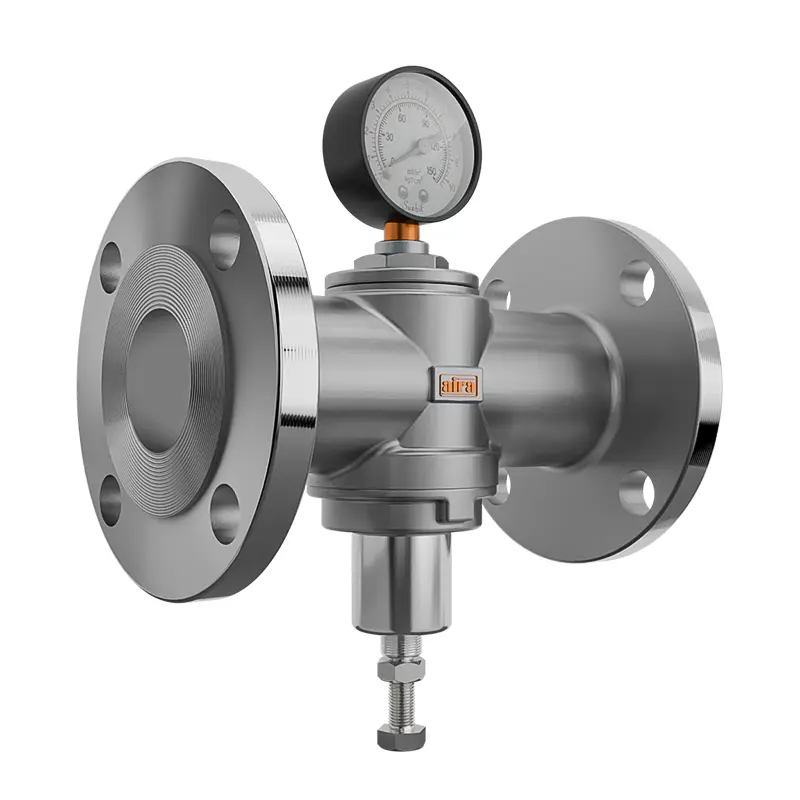Top Benefits of Using Pressure Reducing Valves in Fluid Control Systems
Optimizing Pressure, Ensuring Efficiency
In any fluid control system—whether in industrial processing plants, municipal water networks, or commercial HVAC systems—maintaining optimal pressure levels is crucial. Excessive pressure not only jeopardizes the integrity of pipelines and equipment but also escalates energy costs and operational risks. This is where pressure reducing valves (PRVs) play a critical role. These devices are designed to automatically lower and stabilize upstream pressure, ensuring downstream systems operate safely and efficiently.
As fluid systems become more sophisticated, the demand for precision-engineered PRVs continues to rise. Whether managing steam, water, or air, industries across the board are turning to trusted solutions that deliver control and reliability. For businesses looking to invest in performance-driven pressure management, connecting with a reliable Pressure Reducing Valve Supplier in UAE is essential.
The Core Functionality of Pressure Reducing Valves
PRVs are engineered to automatically reduce inlet pressure to a predetermined outlet pressure, regardless of fluctuating upstream levels. This makes them indispensable in systems where consistent pressure is critical to safety and operational stability. By regulating flow, these valves protect sensitive components, minimize system fatigue, and reduce maintenance costs over time.

There are several types of PRVs based on application and medium, including spring-loaded, pilot-operated, and direct-acting models. Each design has unique advantages depending on the pressure range, response time, and media involved.
Key Benefits of Pressure Reducing Valves in Industrial Systems
1. Enhanced Equipment Protection
Excessive pressure can quickly damage pumps, seals, gauges, and pipelines. PRVs safeguard these components by maintaining a stable downstream pressure, extending equipment lifespan and reducing repair costs.
2. Improved Process Control
In industries like food processing, pharmaceuticals, and chemical manufacturing, maintaining exact pressure levels is vital to process consistency. PRVs enable accurate regulation, ensuring that production parameters are met without deviation.
3. Energy Efficiency and Cost Savings
Over-pressurized systems consume more energy than necessary, leading to inflated utility bills. By lowering pressure to the optimal level, PRVs help reduce energy waste. This contributes to lower operating costs and supports sustainable energy use—an increasingly important factor in today’s industrial decision-making.
4. Safety Assurance
Pressure surges can lead to catastrophic system failures or even explosions in extreme cases. PRVs serve as a frontline defense by limiting pressure within safe operating limits, creating a safer environment for workers and equipment alike.
5. Reduced Water Hammer and Vibration
Rapid pressure changes often cause hydraulic shock or "water hammer," which can damage pipes and fittings. PRVs help mitigate these surges, ensuring smoother flow transitions and reducing wear-and-tear on the infrastructure.
6. Minimal Maintenance Requirements
High-quality PRVs require minimal intervention, especially when selected correctly for the application and installed by professionals. Their reliability reduces the frequency of manual adjustments and unplanned downtimes.
Applications Across Industries
From residential high-rises to power generation plants, pressure reducing valves find diverse applications:
- Water supply systems: To prevent pipe bursts in municipal lines
- Steam networks: To manage pressure before it reaches sensitive equipment
- Compressed air systems: To stabilize flow across pneumatic tools
- Boiler feed systems: To maintain pressure balance for efficient heating
In the UAE, where sectors like oil & gas, desalination, and infrastructure are growing rapidly, the use of advanced PRV technology is becoming standard practice.
Partnering with a Trusted Pressure Reducing Valve Supplier in UAE
Given the critical role PRVs play, choosing the right supplier is as important as selecting the right valve. A trusted Pressure Reducing Valve Supplier in UAE not only provides high-performance valves but also supports clients with selection guidance, technical expertise, and after-sales service.

Mark & Aira Valves, for example, have earned recognition for delivering robust and efficient PRV solutions tailored to industrial and commercial needs. Their comprehensive product portfolio and service-oriented approach make them a valuable partner for projects across the Gulf region.
Conclusion: A Smart Investment for Long-Term Control
In fluid systems, consistent pressure is non-negotiable. Investing in a high-quality pressure reducing valve offers significant long-term value—boosting efficiency, safeguarding equipment, and enhancing safety. As industries continue to evolve toward smarter infrastructure and energy-conscious operations, PRVs will remain a cornerstone of intelligent fluid control.






